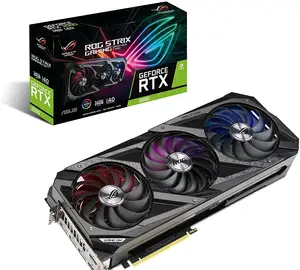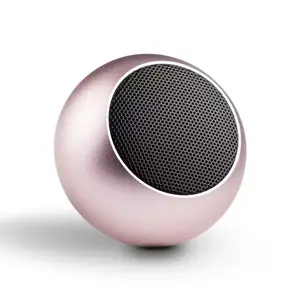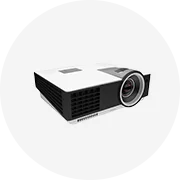




MSI 热销 AMD B450M 游戏加 32GB DDR4 AM4 M ATX SATA M.2 主板
全球批发
¥728.19 - ¥829.13
最小起订量: 2 pieces
每件装运: ¥415.72





华硕PRIME B450M-A台式机双SATA 128 GB集成AMD 100% 原装品牌4 DDR4 2018 M ATX原装新主板
全球批发
¥432.59 - ¥490.27
最小起订量: 1 pieces
每件装运: ¥149.18












适用于千兆字节主板B450 AORUS M AM4 AMD B450 SATA 6 Gb/s USB 3.0 HDMI Micro ATX AMD主板
¥757.03 - ¥807.50
最小起订量: 2 pieces


主板适用于 lenovo yoga 3 pro 1370 m-5y71 1.2 ghz cpu 8 gb 内存 nm-a321 5b20h30465
¥432.59 - ¥1,067.06
最小起订量: 1 pieces
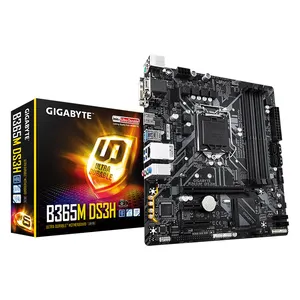





技嘉B365M DS3H二手游戏主板支持第9代和第8代英特尔酷睿处理器,配有B365芯片组LGA 1151插座
全球批发
¥634.40 - ¥648.81
最小起订量: 1 pieces
每件装运: ¥304.33






RK3566四核开源安卓11 linux rk3566开发板arm核心板Rockchip rk3566 som核心板主板
¥281.19 - ¥425.38
最小起订量: 1 pieces
每件装运: ¥149.18






华南之X99 F8 X99主板,带英特尔至强E5 2680 V3,带2*16gb = 32gb DDR4 2133兆赫注册ECC内存组合套件
全球批发
¥723.87 - ¥734.68
最小起订量: 1 pieces
每件装运: ¥197.19






jingsha X79-Dual CPU服务器主板带lntel X79 LGA 2011双路PCIE 3.0 x16支持四通道256GB RAM
全球批发
¥540.67 - ¥569.51
最小起订量: 1 pieces
每件装运: ¥284.79




A1534 主板适用于 Macbook 12英寸 8 GB 1.1 ghz Core M (M-5Y31) 逻辑板 820-00045-A 256 GB 2015 年
¥720.98 - ¥2,883.92
最小起订量: 1 pieces




Tuf游戏B660-plus无线D4 Lga 1700 Ddr4 B550M-PLUS B660 B450 H510M无线6 Atx电脑硬件和软件主板
¥490.27 - ¥1,117.52
最小起订量: 1 pieces





适用于华擎机架式服务器主板GENOA2D24G-2L + 双插座SP5(LGA 6096) 支持AMD EPYC 9004系列处理器DDR5 2 M.2
¥11,535.68 - ¥12,256.66
最小起订量: 1 units











MSI X299 XPOWER 游戏 AC 台式机主板-英特尔芯片组-插槽 R4 LGA2066
全球批发
¥2,869.51 - ¥2,941.60
最小起订量: 1 pieces
每件装运: ¥439.80





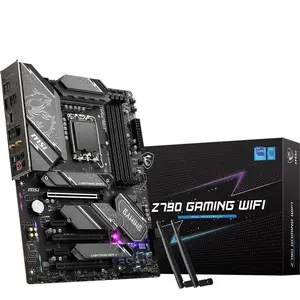





工厂电脑主板SATA M。2 128gb ATX英特尔LGA1700电脑游戏无线Z790 DDR5主板MSI
¥1,325.89 - ¥1,370.59
最小起订量: 1 pieces
每件装运: ¥244.99






廉价的SUS ROG STRIX Z690-E游戏无线英特尔Z690主板LGA 1700中央处理器ATX主板PCI-E 5.0 DDR5 5333MHz USB3.2 Gen2
全球批发
¥3,020.91 - ¥3,237.21
最小起订量: 1 units
每件装运: ¥149.18












摇滚主板B550 B550M A320M H410M B460 B460M H470M Pro4钢传奇幻影游戏4 HDV ITX HVS
¥425.38 - ¥1,117.52
最小起订量: 1 pieces






新的中央处理器和主板组合套件DDR4中央处理器I5 12450H 12500H I7 12700H I9 12900H MATX电脑游戏主板
¥1,225.67 - ¥2,595.53
最小起订量: 5 pieces





X99 F8 C612 8 * DDR4 2011-3 256gb V3/V4中央处理器X99主板工作完美快速发货高质量
全球批发
¥987.75 - ¥1,023.80
最小起订量: 1 pieces
每件装运: ¥119.47





LGA 2011-3套件至强X99主板E5 2680 V3和16gb DDR4 2133MHZ ECC注册内存PCIE 16X
¥475.85 - ¥499.64
最小起订量: 1 sets
每件装运: ¥122.43




适用于Msi Z390M砂浆台式机主板LGA1151 DDR4支持I9 128G SATA3 M.2 * 2 USB3.1 M-ATX原装质量
¥201.88 - ¥418.17
最小起订量: 1 pieces






华硕ROG STRIX Z390-H游戏桌面游戏主板支持DDR4 LGA1151 64gb Z390主板
全球批发
¥720.98 - ¥757.03
最小起订量: 1 pieces
每件装运: ¥136.56

适用于华硕P8H61-M LX3 PLUS R2.0台式机主板H61插座LGA 1155 i3 i5 i7 DDR3 16G uATX UEFI BIOS原装二手主板
全球批发
¥237.86 - ¥259.49
最小起订量: 1 sets
每件装运: ¥165.83











千兆字节B560M AORUS PRO主板的新主板。英特尔酷睿5 11400 I5 11500 11400F 11600K 11600KF中央处理器LGA 1200插座
¥144.20 - ¥396.54
最小起订量: 2 pieces












头部产品类目
关于m sata主板
高质量。阿里巴巴网站(Alibaba.com)上的m sata主板可用于增强现有驱动器的性能,以及存储功能。和颜色使它们令人赏心悦目,并在物理上更安全,从而防止了数据的意外丢失。 >


